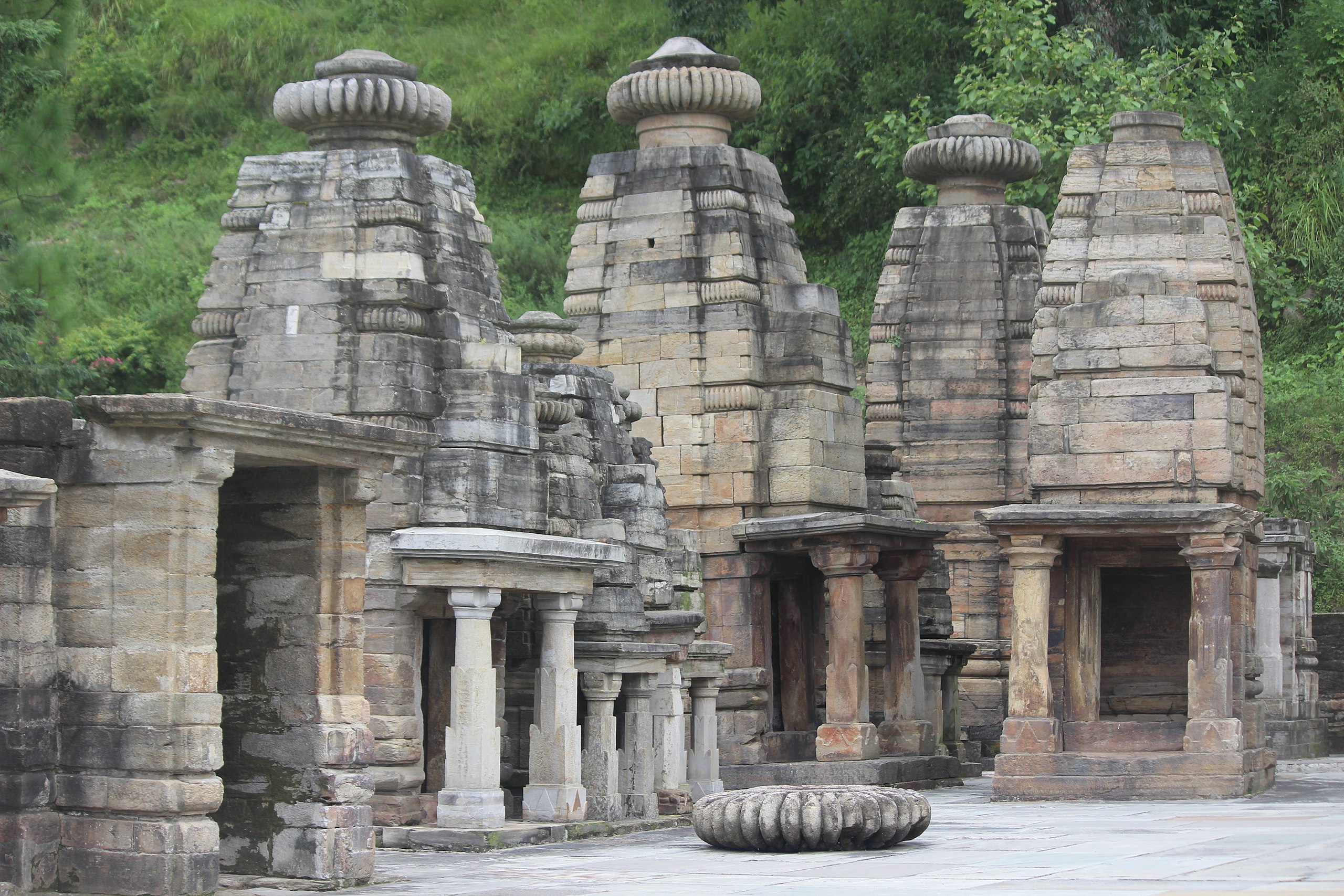Uttarakhand, formerly known as Uttaranchal is a state in northern India. The state is bordered by Himachal Pradesh to the northwest, Tibet to the north, Nepal to the east, Uttar Pradesh to the south and southeast, with a small part touching Haryana in the west. Uttarakhand has a total area of 53,483 km2 (20,650 sq mi), equal to 1.6% of the total area of India. Dehradun serves as the state capital, with Nainital being the judicial capital. The state is divided into two divisions, Garhwal and Kumaon, with a total of 13 districts. The forest cover in the state is 45.4% of the state's geographical area. The cultivable area is 16% of the total geographical area. The two major rivers of the state, the Ganges and its tributary Yamuna, originate from the Gangotri and Yamunotri glaciers respectively.
Uttarakhand's history dates back to prehistoric times, with archaeological evidence showcasing human habitation. It was part of the ancient Kuru and the Panchal kingdoms during the Vedic age, and later saw the rise of dynasties like the Kunindas and influence of Buddhism as evidenced by Ashokan edicts. Though primarily driven by agriculture and hydropower, the state's economy is now dominated by the service industry. The service sector comprises primarily travel, tourism, and hotel industry. The Gross State Domestic Product (GSDP) of Uttarakhand is ₹2.87 lakh crore (US$34 billion). The state contributes five seats to the lower house Lok Sabha and three seats to the upper house Rajya Sabha.
Inhabitants of the state are called either Garhwali or Kumaoni depending on their region of origin. Hinduism is practiced by more than three-fourths of the population, with Islam being the next-largest religious group. Hindi is the most widely spoken language and is also the official language of the state, along with native regional languages include Garhwali, Jaunsari, Gurjari and Kumaoni. The state is often referred to as the "Devbhumi" (lit. 'Land of the Gods'), due to its religious significance and numerous Hindu temples and pilgrimage centres found throughout the state. Along with several historical, natural and religious tourist destinations, including Char Dham, Haridwar, Rishikesh, Panch Kedar, Himalayas, and Sapta Badri. Uttarakhand is also home to two World Heritage sites.
Capital: Bhararisain & Dehradun (winter)
Area: 53,483 km2 (20,650 sq mi)
Population: 10,086,292 (2011)
Official Languages: Hindi
Lowest Elevation: 187 m (614 ft) (Sharda River)
Highest Elevation: 7,816 m (25,643 ft) (Nanda Devi)
A map is loading
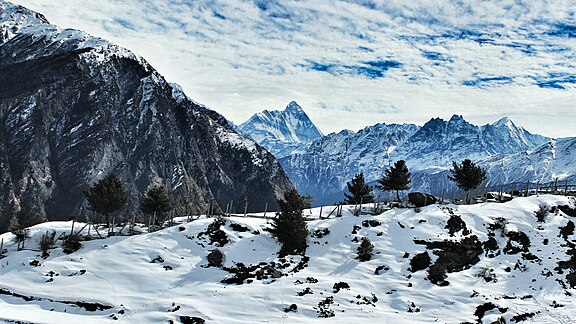
Auli, uttarakhand, India
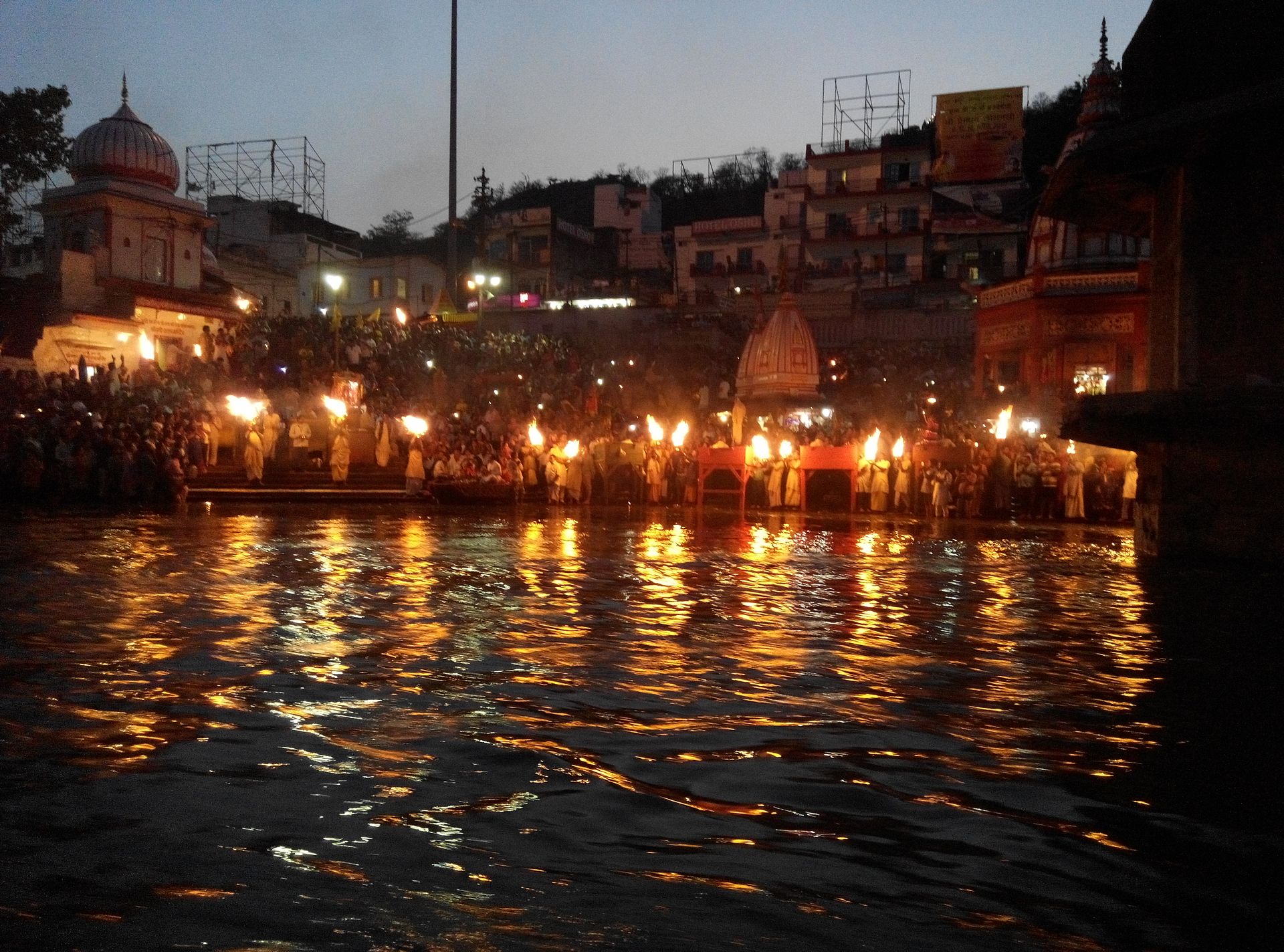
the beautiful glimmering lights of the Ganga Aarti in Haridwar, uttarakhand, India
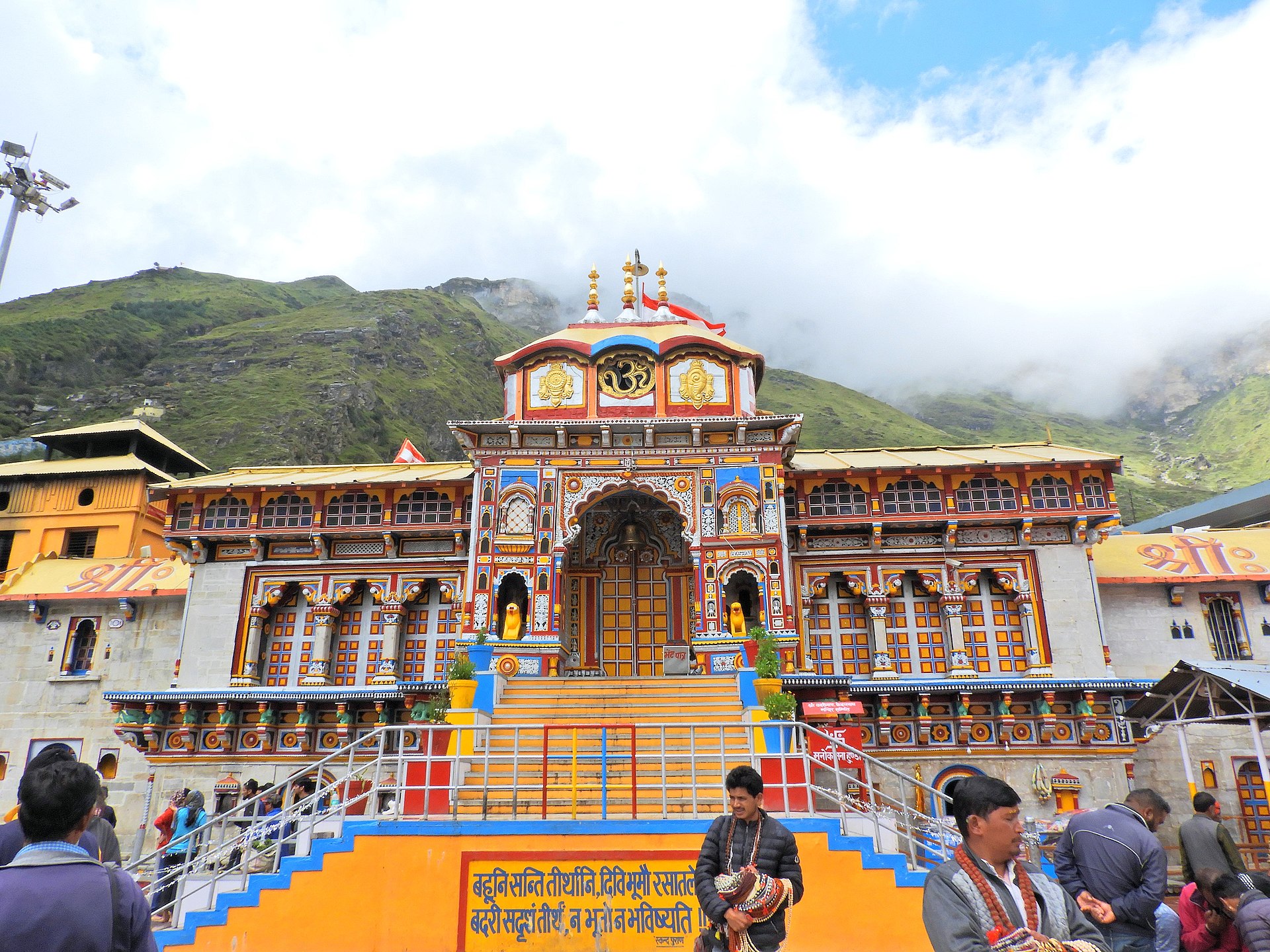
Badrinath or Badrinarayan Temple is a Hindu temple dedicated to Vishnu which is situated in the town of Badrinath in Uttarakhand, India. The temple is mentioned in ancient religious texts like Vishnu Purana and Skanda Purana. It is glorified in the Divya Prabandha, an early medieval Tamil canon of the Azhwar saints from the 6th–9th centuries AD, uttarakhand, india
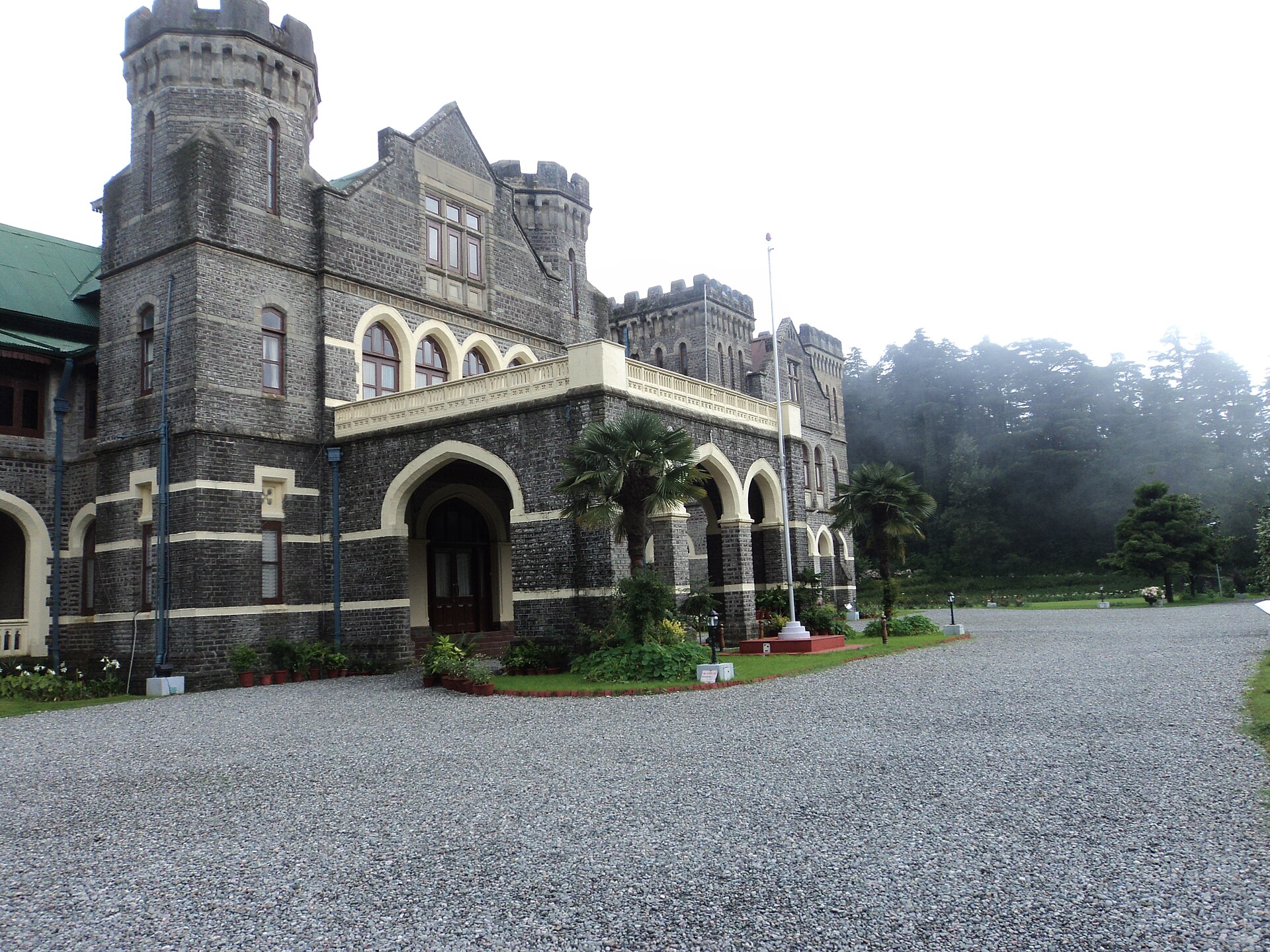
Governor’s House also known Raj Bhavan and formerly, Government House was built in 1899 and designed in the Victorian Gothic domestic style. Raj Bhavan is the official guest house for the governor of Uttarakhand and for visiting state guests, uttarakhand, india
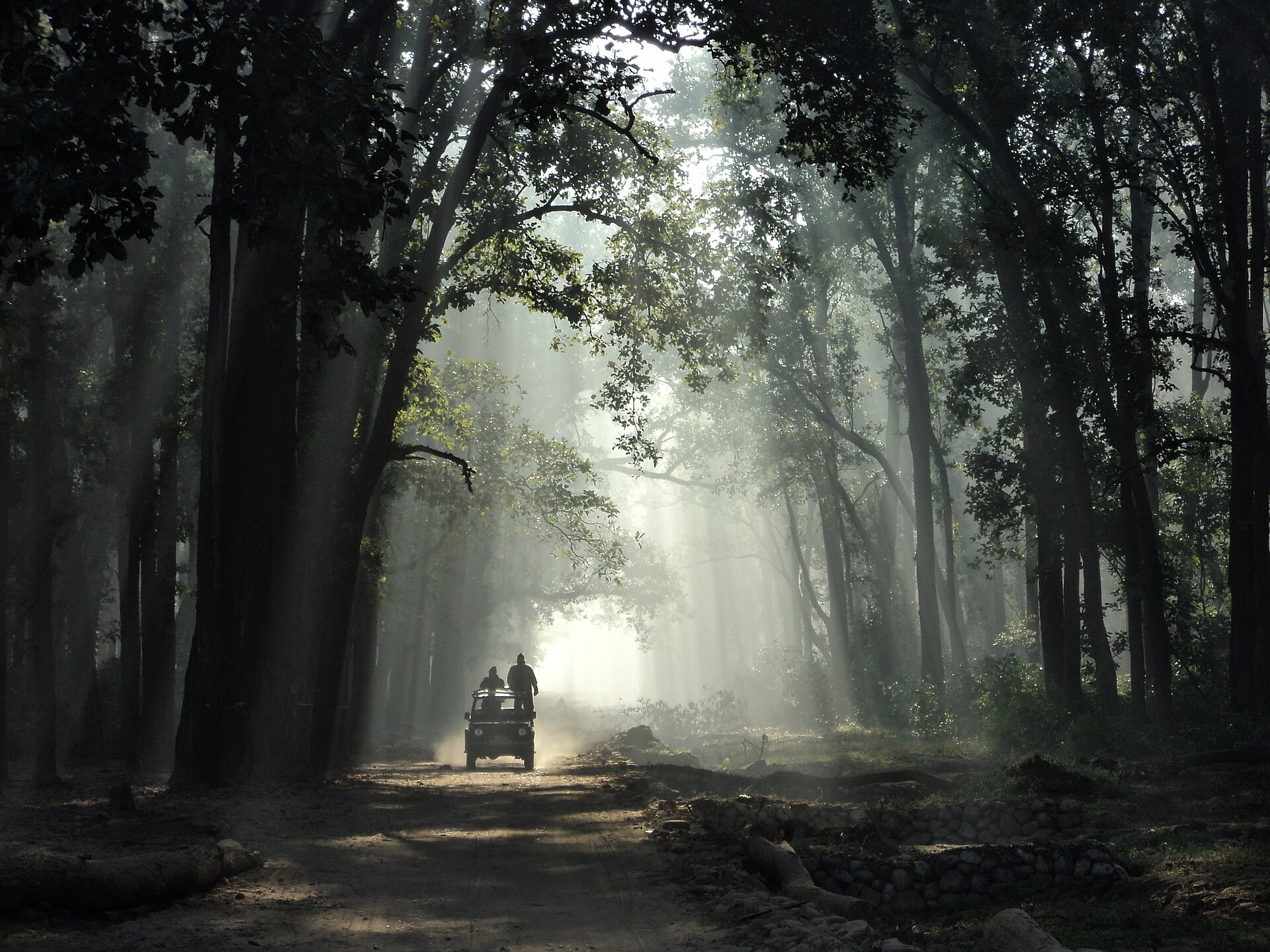
Dhikala Forest Rest House (Jim Corbett National Park) for a early morning safari, uttarakhand, India
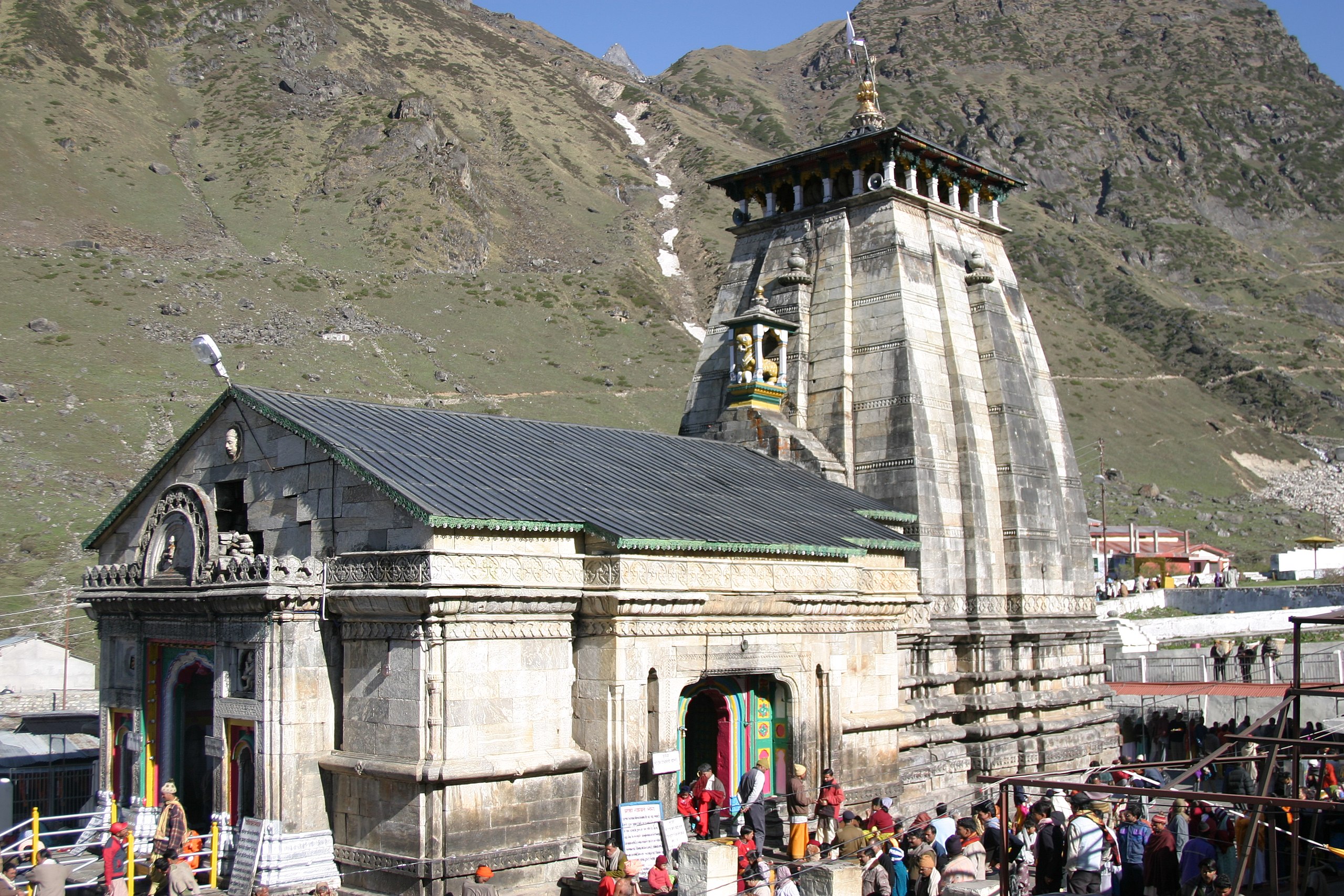
Kedarnath Temple, uttarakhand India
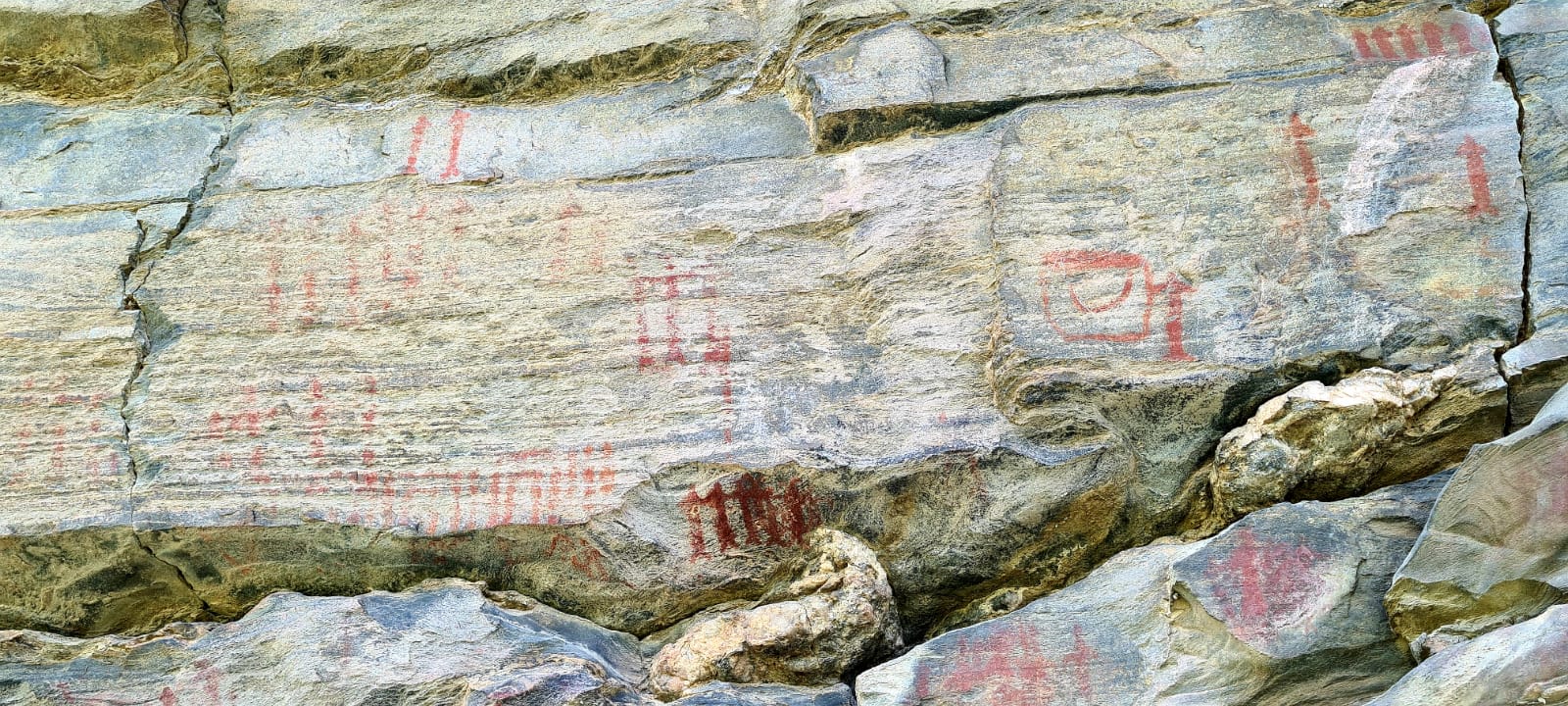
Stone Age Paintings at Lakhudiyar Caves, Almora, uttarakhand, India
